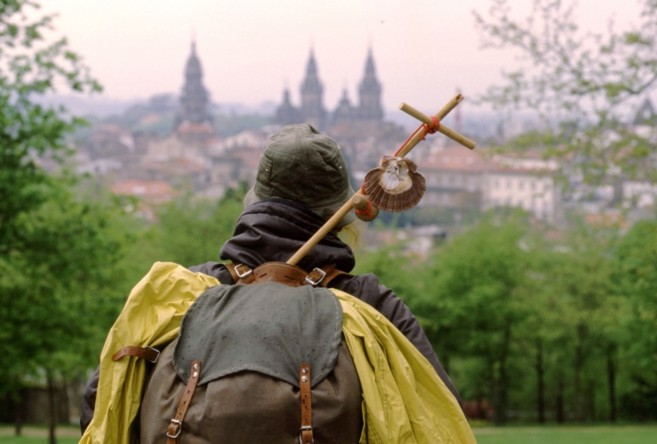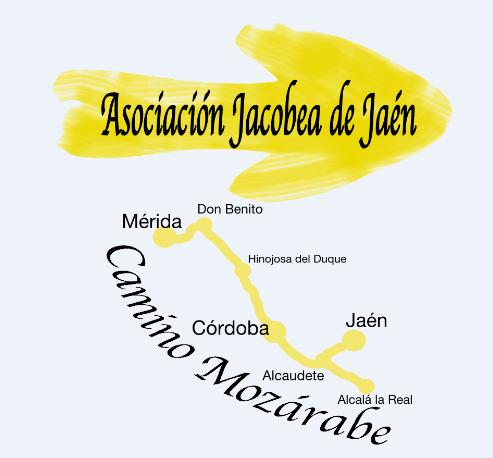The province of Jaen counts with two routes of the Mozarab Way, both going over some lands of the Sierra Sur of Jaén. Those who go on pilgrimage of Granada, will step into the Sierra Sur of Jaén to find the watchful Fortress of La Mota de Alcalá la Real a Muslim bastion. They will pass by Ventas del Carrizal through La Vega of the San Juan river, with famous fruit trees, and the will arrive at Alcaudete, a village located at the feet of the Calatrava Order castelle and Santa María Church.
This is a region of a historical importance due to its strategic position to control the paths and also because it marks the border between the Nazari and the Christian kingdoms. Indeed, there are defensive systems scattered all over this territory.
The pilgrims who start the Way in Jaén will do so from the Santa Iglesia Catedral to head towards Torredelcampo, Jamilena, Martos and Alcaudete, sometimes coming across the Green Way of del Aceite and from here they will get the province of Cordoba. Along this route, the Roman road of the Colonia Augusta Gemella Tucci coincides with what were the limits between the Council of Jaen and the one of the Mastership of the Calatrava Order.
The piligrims will find a very important reference, Saint Amador patron saint Martos, a Mozarab Saint who is honoured with a religious ceremony on the 5th of May, in its festivity inder the Mozarab ritual.
This legacy is preserved in our traditions being part of the cultural patrimony of the Sierra Sur of Jaén. We invite you to step into this land and to get to know us.
Have a nice Way!






